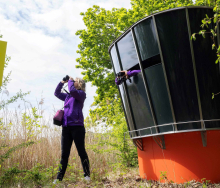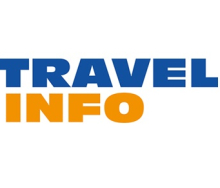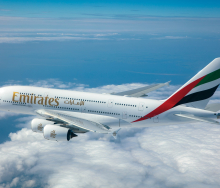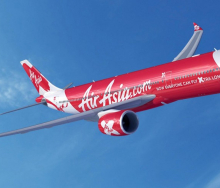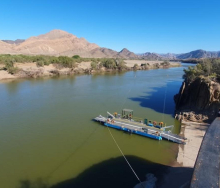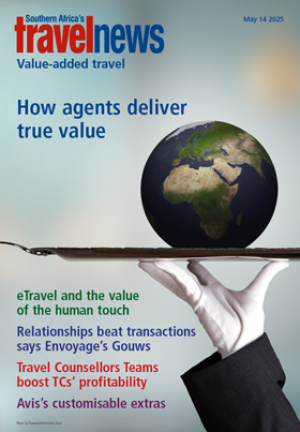THE travel industry can
expect a wave of airline
innovations after the
US Department of Transport
tentatively approved
Resolution 787, paving the
way for the launch of the New
Distribution Capability (NDC).
Jim Davidson, ceo of
Farelogix, told TNW that until
now there had been a black
cloud hanging over the NDC.
With the approval of the DOT,
that cloud had been lifted.
“Now we’ll see some action.
We can expect airlines and
distribution systems to get
more serious about the NDC.
We’ll start seeing some
movement with airlines
developing pilot programmes
and appointing dedicated
people to work on application
programming interfaces (APIs)
to the NDC standard.”
Chris Zweigenthal, ce of
Aasa, agrees and says the
approval of the DOT sets
the platform to begin the
process of rolling out the
NDC globally, including in
South Africa. “Airlines are
constantly looking for ways
to differentiate their product
from their competitors. You
will see new ideas coming
out and being promoted to
airline customers, especially
if given a platform that would
facilitate such initiatives.”
In a nutshell, Resolution
787 provides the framework
for a technical standard for
XML connections that would
enable airlines to more
effectively and creatively
merchandise their products
and ancillaries through
third parties.
According to DOT,
Resolution 787 will
“create modern, industrywide
technical standards
and protocols for data
transmission throughout the
distribution chain, promoting
efficiency, cost savings, and
innovation through a real-time
exchange of price and service
information among carriers,
travel agents, customers, and
other parties, such as webbased
aggregators”.
To get the ball rolling on
the new initiatives, Iata has
announced three new pilot
programmes to test the NDC
schemes. Participants include
Aeroflot, Aer Lingus, Qatar
Airways, and JR Technologies.
Iata dg and ceo, Tony Tyler,
said at the recent Iata AGM:
“The new pilots will support
the development of the NDC
standard to modernise the
way airline products are
presented through travel
agents and help to promote
efficiency, and innovation.”
Even though the
NDC seems to be a
groundbreaking product,
some have argued that the
three main global distribution
systems have beaten the
NDC to it. All three GDSs
have introduced new ways of
marketing ancillaries to travel
agents. A spokesperson
for Travelport said: “We
have been leading this
effort through our Travelport
Merchandising Platform
utilising Universal API and
XML connectivity options
to airlines.” He says the
Travelport Merchandising
Platform was developed to
allow airlines to distribute
and differentiate all their
fares and ancillaries via
the travel agency channel,
connecting to Travelport
exactly how they choose to,
while enabling travel agencies
to fully compare the offers
from those airlines.”
What sets the NDC apart,
says Jim, is that it will offer a
standardised solution, which
will considerably enhance
efficiencies for airlines as
well as for GDSs. He says
the current implementation
of the sale of airline ancillary
services in the GDSs isn’t
easy and tends to be time
consuming.
A contentious issue with
the development of the
NDC is the cost that will be
incurred by parties involved.
According to Jim, airlines will
have to invest heavily if they
want to be part of the NDC,
as they will need to build
designated APIs to the NDC
standard. GDS companies
will also have to make some
investments in order to make
the user interface compatible
with the NDC. Last, but not
least, travel agencies will
need to invest, although
their investment will be
limited to the training of
consultants to work with
the NDC, says Jim.
A new er of airline innovation on the cards
25 Jan 2017 - by Dorine Reinstein
Comments | 0



